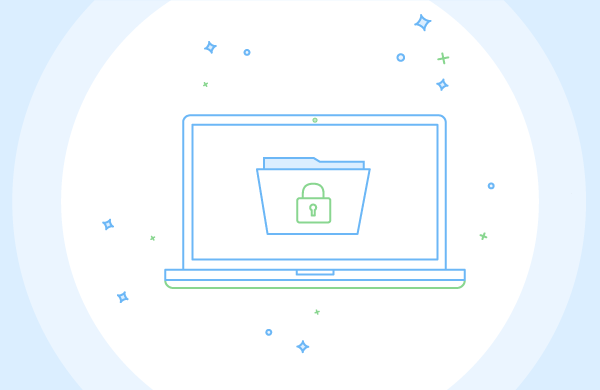Teachers are always looking for great materials to use in their classrooms, but it’s important to know a few things about copyrights in order to avoid infringing on them. You no doubt have heard about public domain material, which most people assume means you can feel free to use it however you wish. This article will provide a more nuanced understanding of public domain materials and what teachers should know about them.
One area of misunderstanding around copyright is that if you don’t see any copyright, then there must not be one, which in turn leads people to assume the material must be in the public domain. Please understand that the definition of public domain is not the same as lack of copyright notice .
In the United States, copyright protection exists automatically from the moment a work is created, and there doesn’t have to be any notification of it. Authors also do not have to register their works with the copyright office to enjoy copyright protection, although they can do so if they wish.
So what does the phrase public domain really mean?
In the United States, there are two main ways that work enter into the public domain:
- The first is when the copyright expires, which is 70 years after the death of the author. Some people seem to think that anything before 1923 is in the public domain, but that’s only true for published works. If the work is unpublished, the automatic copyright protection up to 70 years after the death of the author still applies.
- Another way works enter the public domain is by the stated intention of the author. Some authors explicitly place their works in the public domain because they want them to be used as widely as possible. There is a Wikipedia page called List of countries’ copyright lengths which can help you figure out what the rules are in your part of the world.
While works in the public domain may be used freely, it’s not always easy to figure out if something really is in the public domain or not. Teachers can use material worry-free, however, whether copyrighted or not as long as they abide by Fair Use guidelines. In the United States, fair use provides an exception to copyright protections, allowing even copyrighted materials to be used in certain circumstances without permission of the author. One such situation is for educational purposes. The big issue here is that you’re not supposed to do systematic copying of works in order to avoid paying for them. In other words, your copying of material should not be to replace texts or workbooks that you would normally have to purchase.
Also, if you’re going to be using a portion of a piece every semester or year in your teaching, you’d be much better off getting the permission of the author to do so, especially if the work is under current copyright protection. A one-time use in the classroom is almost always considered fair use, especially if it’s not the entire work but only portions, and you happen to come across it and want to use it sooner than you could probably get permission from the author. If the work is definitely in the public domain, then you can use it as frequently as you wish without any concerns.
As you can see, the guidelines around fair use are just that, guidelines. They are not clear rules, which means you have to handle each situation on a case-by-case basis. If you want to stay on the safe side of the law, you would want to minimize your use of copyrighted material both in terms of quantity from any given work as well as the frequency used. You can feel safer by using works in the public domain, with the caveat that it can sometimes be difficult to determine if a work truly is in the public domain or not.
The good news in all of this is that there are some well-curated collections of public domain works that you can draw upon for your educational efforts, including the following:
- Project Gutenberg, a vast collection of public domain electronic books.
- Librivox, audiobooks in the public domain.
- Prelinger Archives; a huge collection of advertising, educational, industrial, and amateur films that qualify as public domain works.
- Smithsonian Institution Public Domain Images.
- New York Times Public Domain Archives.
As you can see from the above, making sure you are doing the right thing around materials you use in the classroom can be a complex undertaking, but by following the above guidelines as closely as possible and keeping in mind the spirit of copyright laws and the protections they are meant to provide, you’ll be fine.




